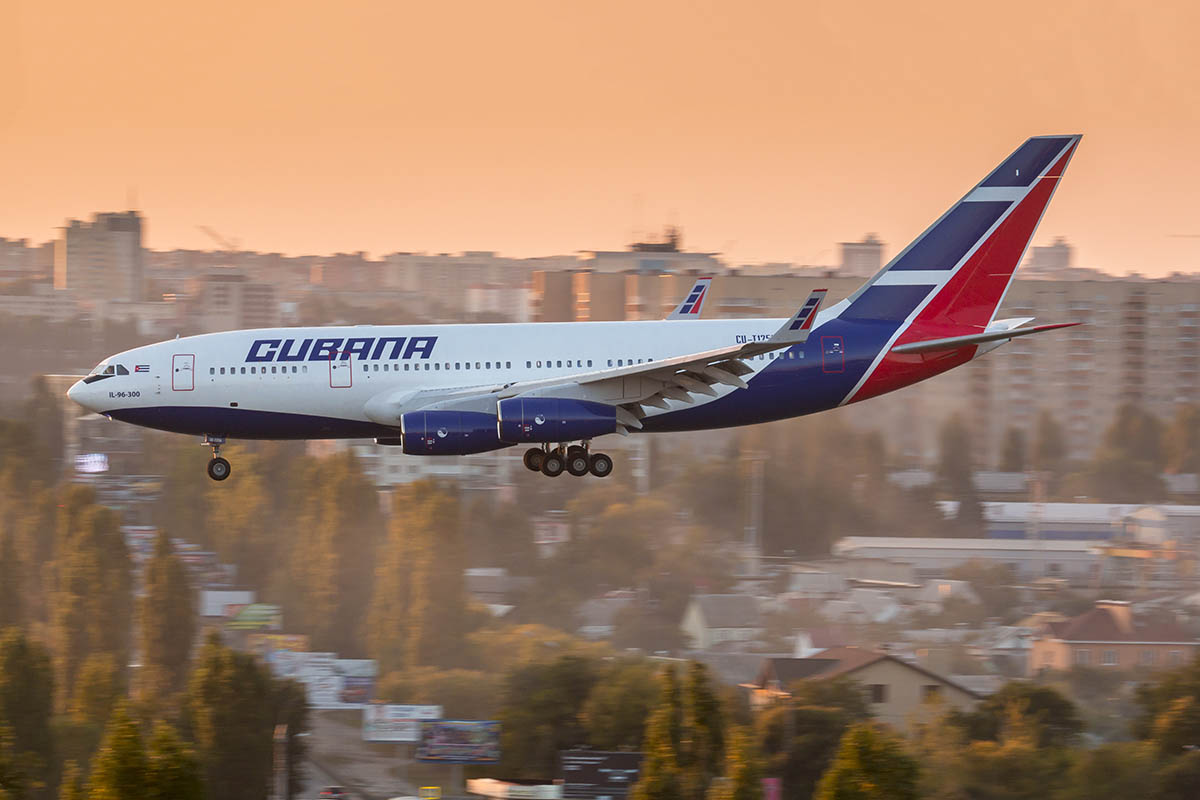The term “Big Bang,” also called the “Great Expansion,” refers to the prevailing idea in cosmological theory that the universe arose from a single, unimaginably hot and dense point, 13.7 billion years ago. This theory was born from the observation that other galaxies are moving away from our Galaxy very quickly and in all directions. Although most astronomers use the theory to explain how the universe began, the cause of this expansion remains a mystery.
Read also:
What is the universe, how did it arise, and where are we located?
According to NASA, “the universe is everything.” It includes all of space and all of the matter and energy contained in space. This means that planets, moons, stars, asteroids, comets, and all the other things that astronomers can’t yet observe are part of the universe.
Therefore, the big bang was the moment when the universe began, like a small, dense ball of fire, expanding. This did not happen in existing space, but rather the big bang was the event that began the expansion and cooling of space itself.
How did the universe originate?
When the universe was very young – about one-hundredth of a billionth of a trillionth of a trillionth of a second – and was still very compact – less than a billionth of the size of a single atom – it underwent incredible accelerated growth.
During this expansion, known as inflation, the universe grew dramatically and increased in size at least 90 times. After inflation, the universe continued to expand, but at a much slower rate. In the beginning, in the first years after the Big Bang, everything was made of gas. This gas, especially hydrogen and helium, expands and cools.
Over billions of years, gravity has caused gas and dust to form galaxies, stars, and planets. Galaxies gathered into groups, clusters, and superclusters. Some stars died in supernova explosions, the chemical remains of which planted the seeds for new generations of stars and enabled the formation of rocky planets.
On at least one of these planets, life has evolved into consciousness. In other words, the matter that emerged from the big bang became everything in the universe, including you.
What is our place in the universe?
In short, Earth is located in the Virgo supercluster, but that doesn’t answer the question, does it? Well, a supercluster is a group of galaxies held together by gravity, and within the superclusters are smaller groups of galaxies – the group we’re in is called the Local Group.
Within this group is the Milky Way, the second largest galaxy in the Local Group. In turn, Earth is located in a solar system located in one of the spiral arms of the Milky Way Galaxy, which is the Orion Arm, about two-thirds of the distance from the center of the galaxy.
Our solar system, which is estimated to have been born just over 9 billion years after the Big Bang, is a collection of eight planets, as well as several comets, asteroids and dwarf planets orbiting the sun. Earth is the third planet in the solar system. The solar system seems to be the perfect place for life to evolve.
Have you watched the new videos on Youtube From Olhar Digital? Subscribe in the channel!

“Incurable thinker. Food aficionado. Subtly charming alcohol scholar. Pop culture advocate.”







More Stories
Everything on PlayStation? Xbox can be completely cross-platform
Have you become a social network? ChatGPT gains memory to remember your identity
WhatsApp stops working on 35 smartphone models starting today; Check the device list